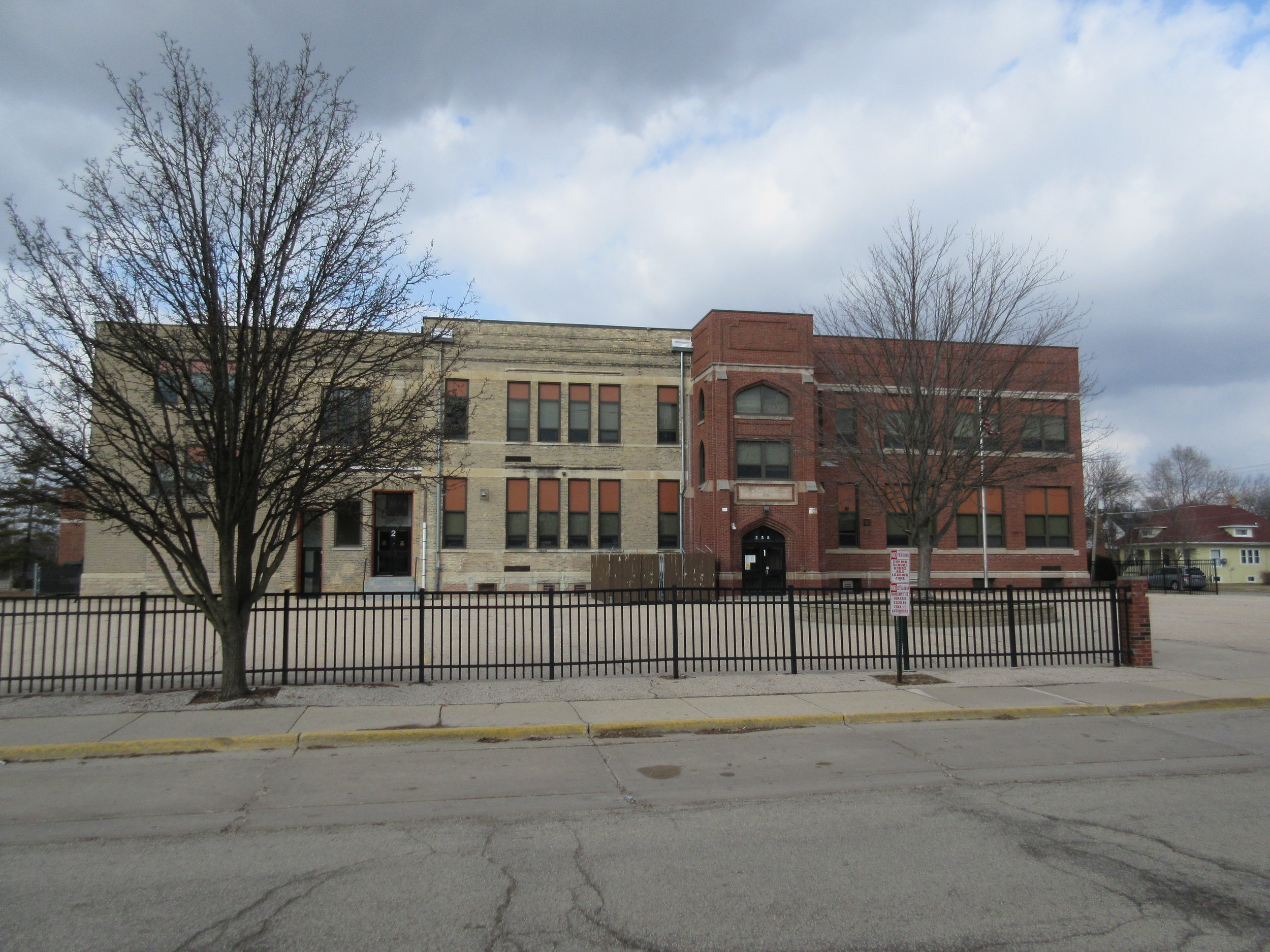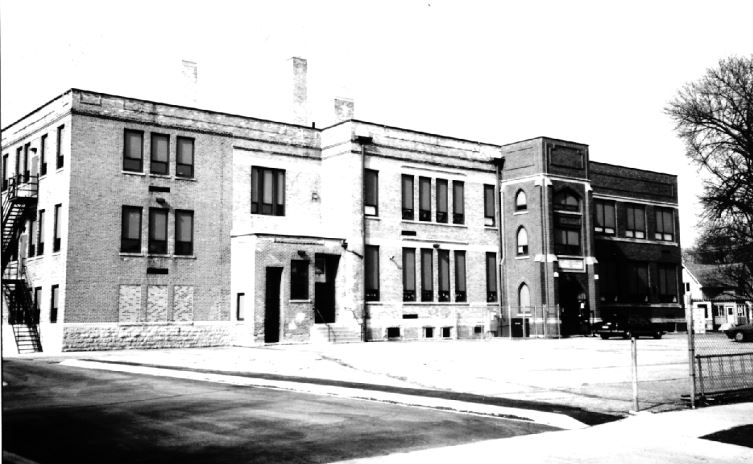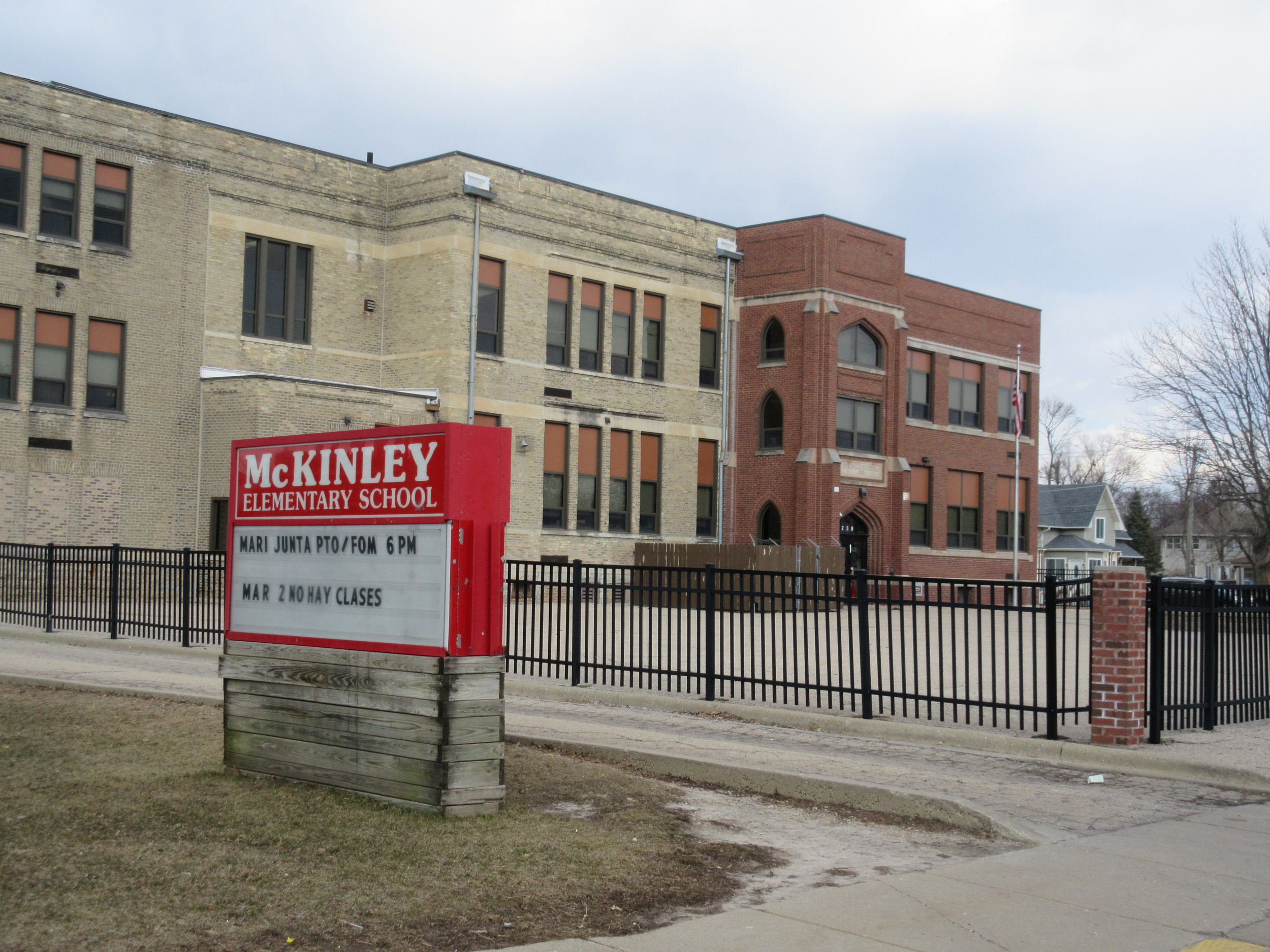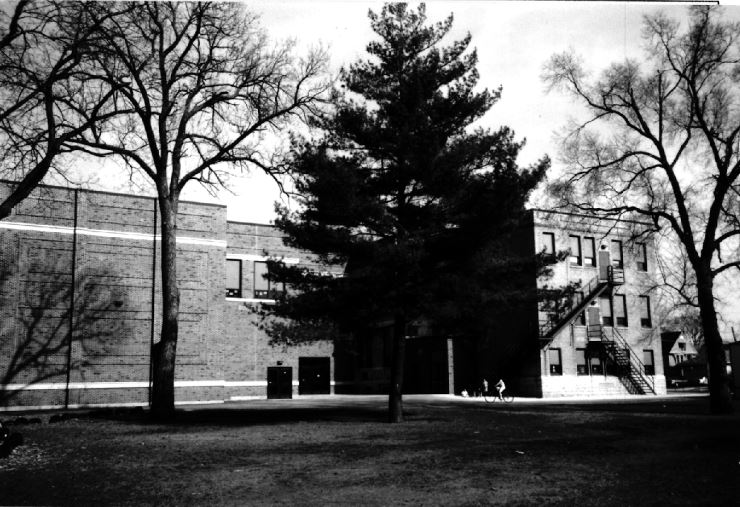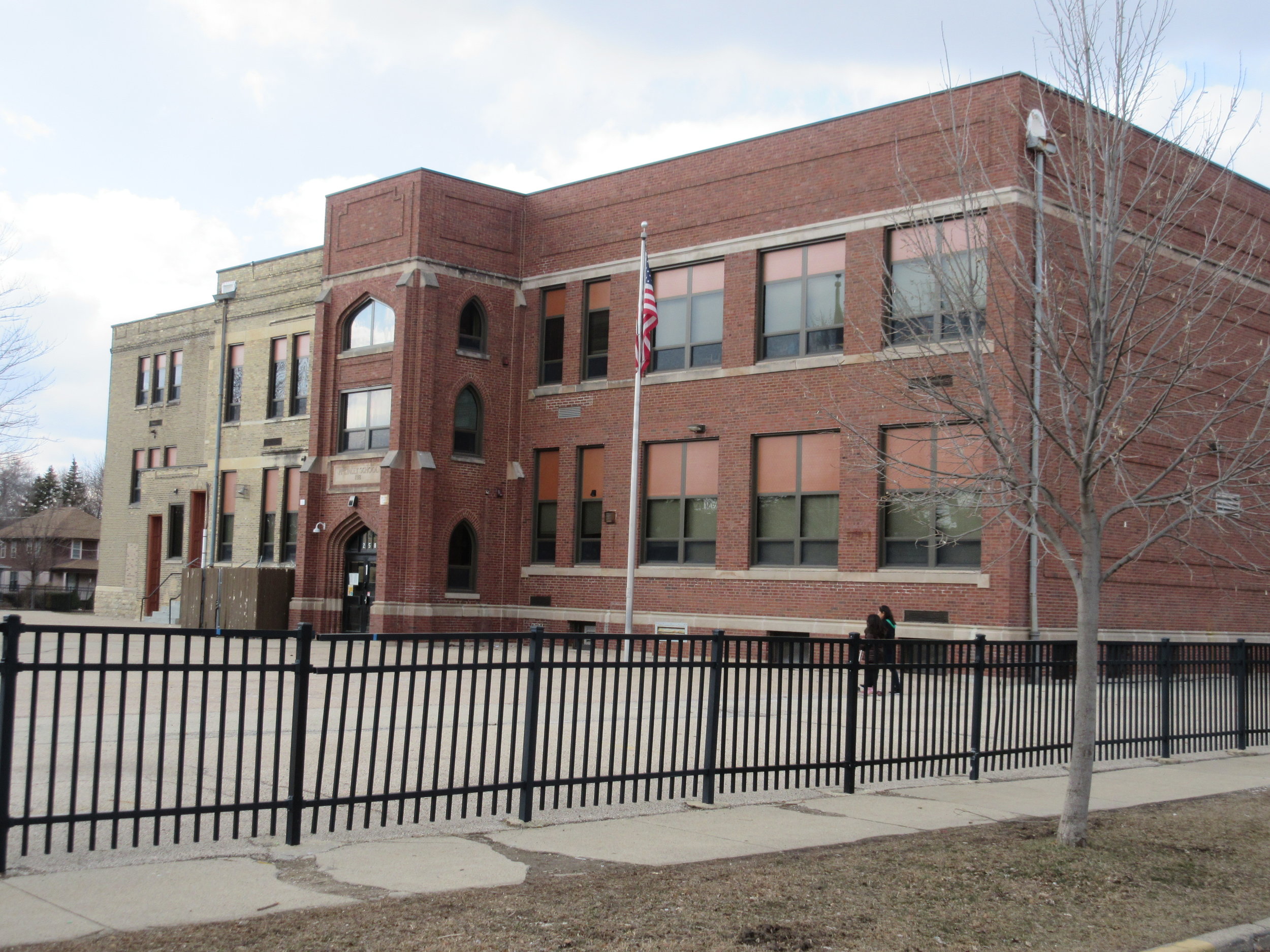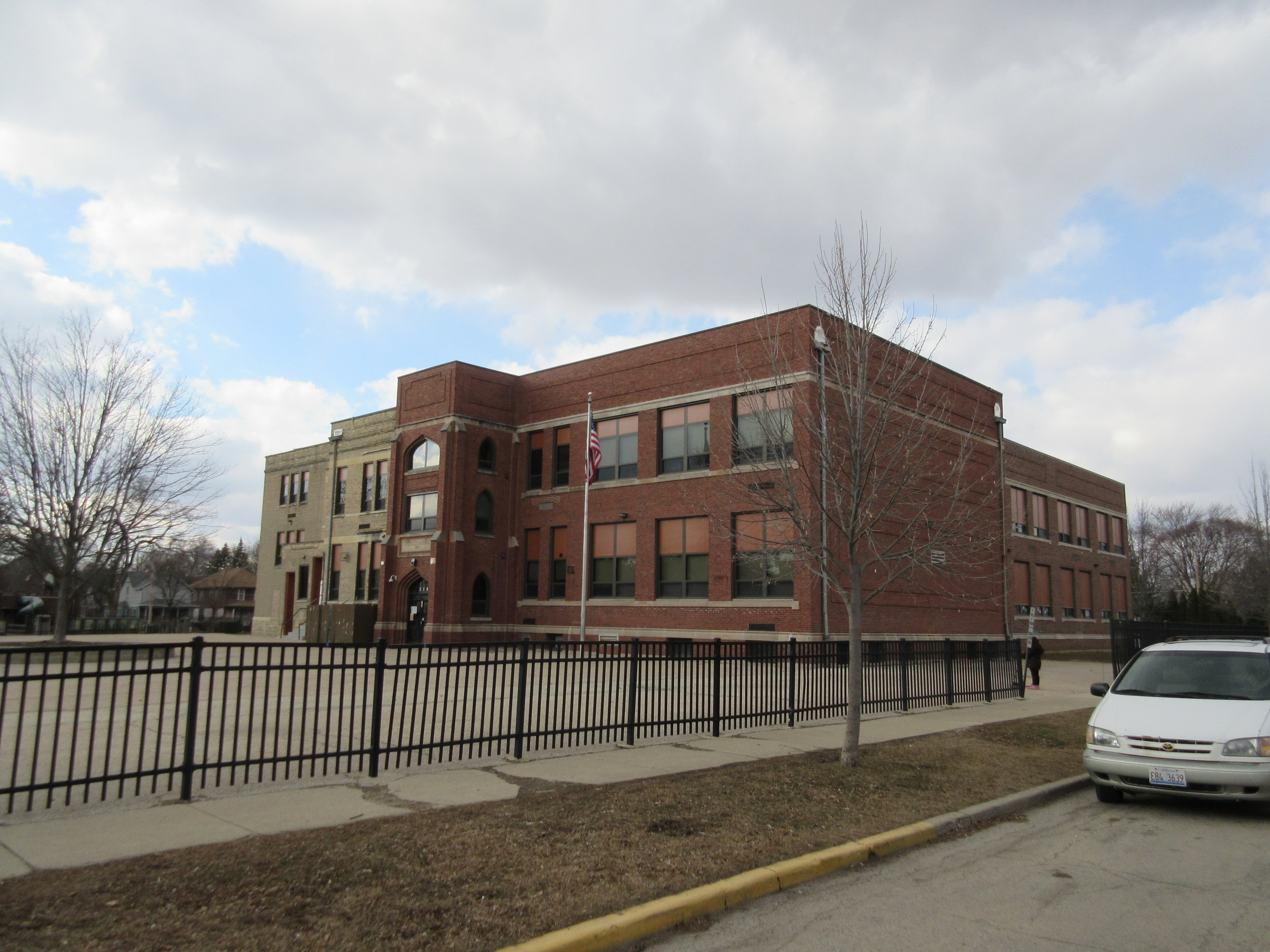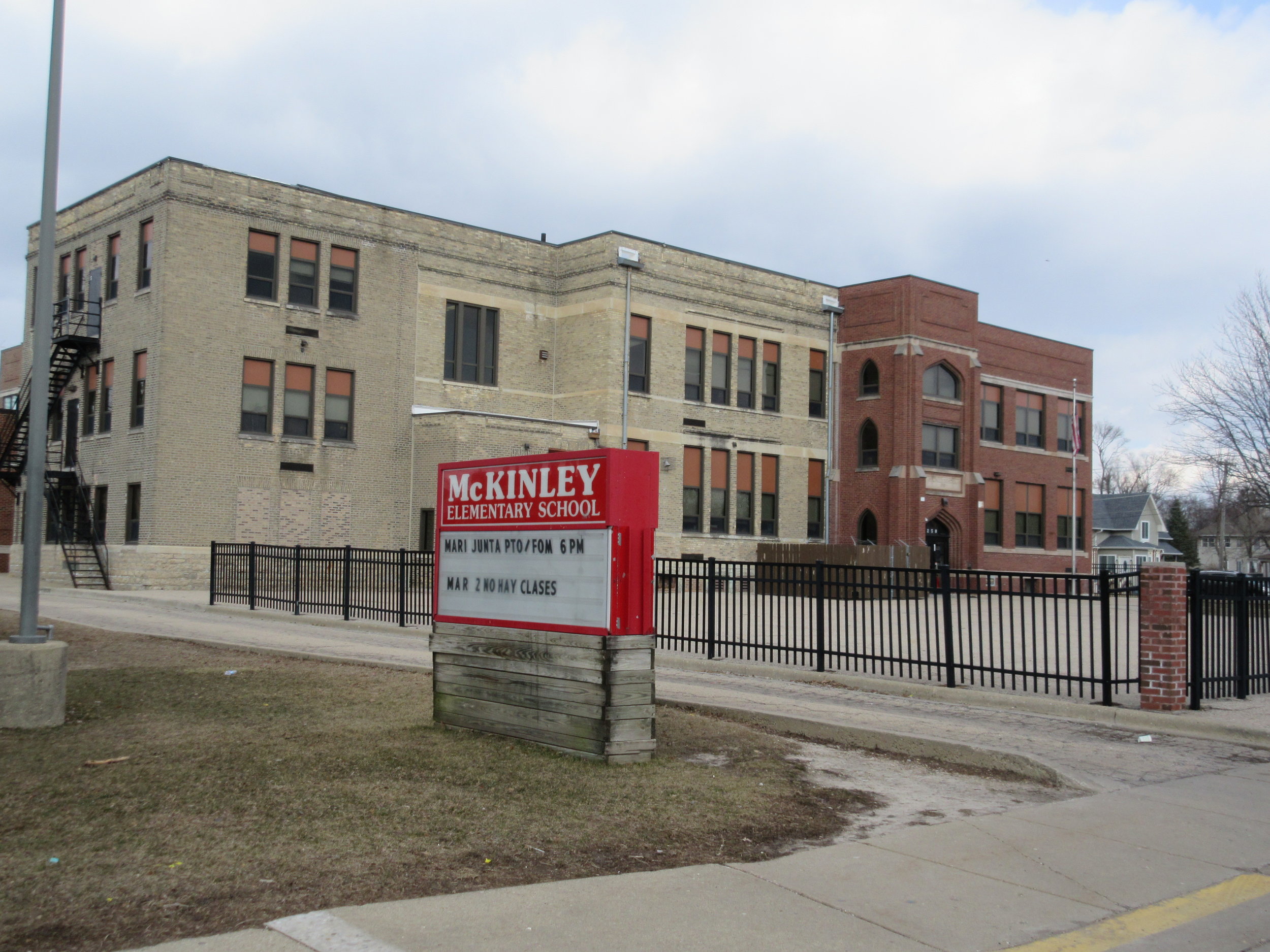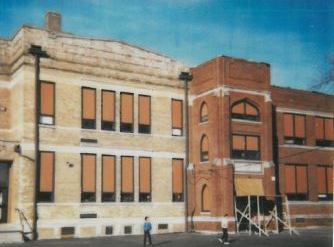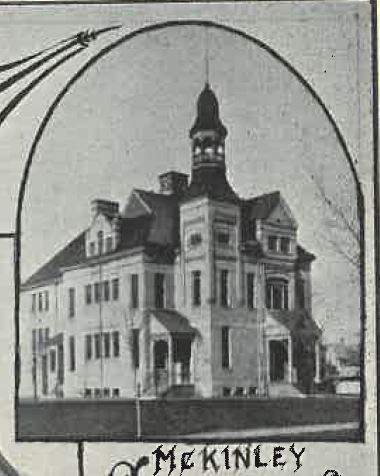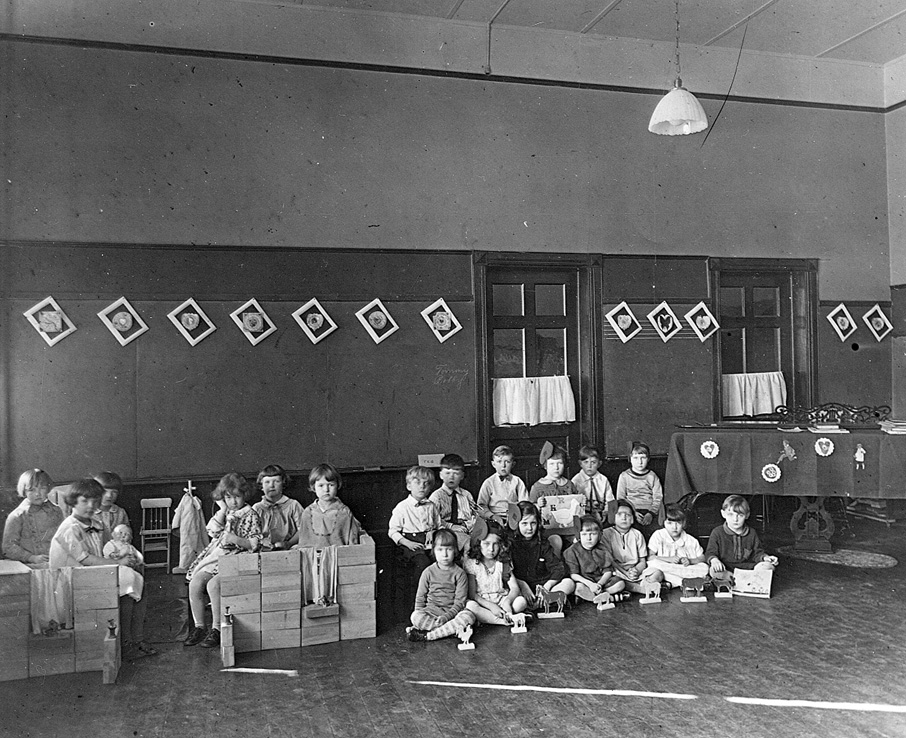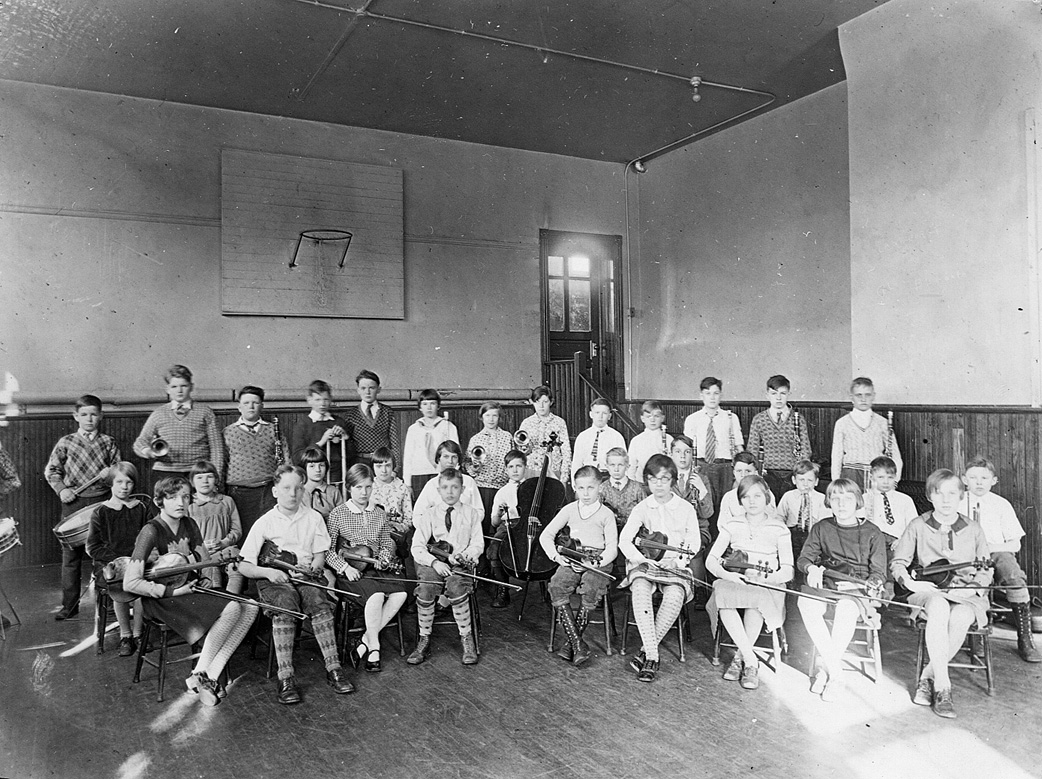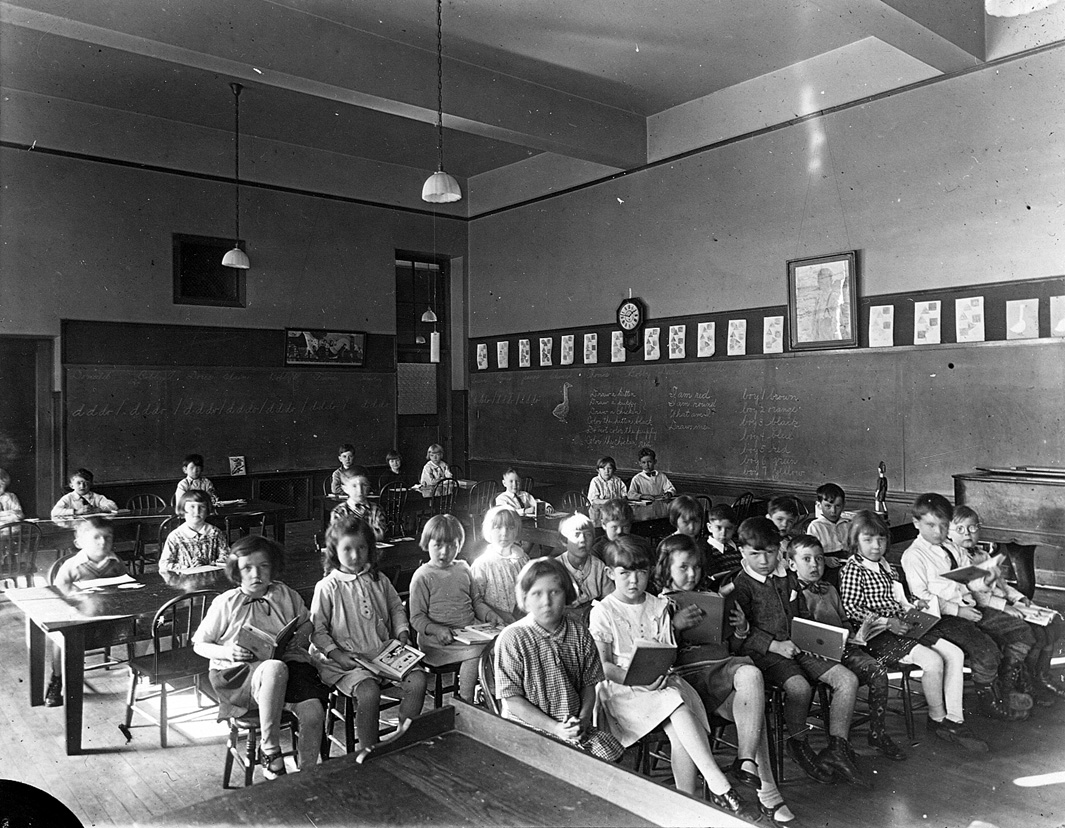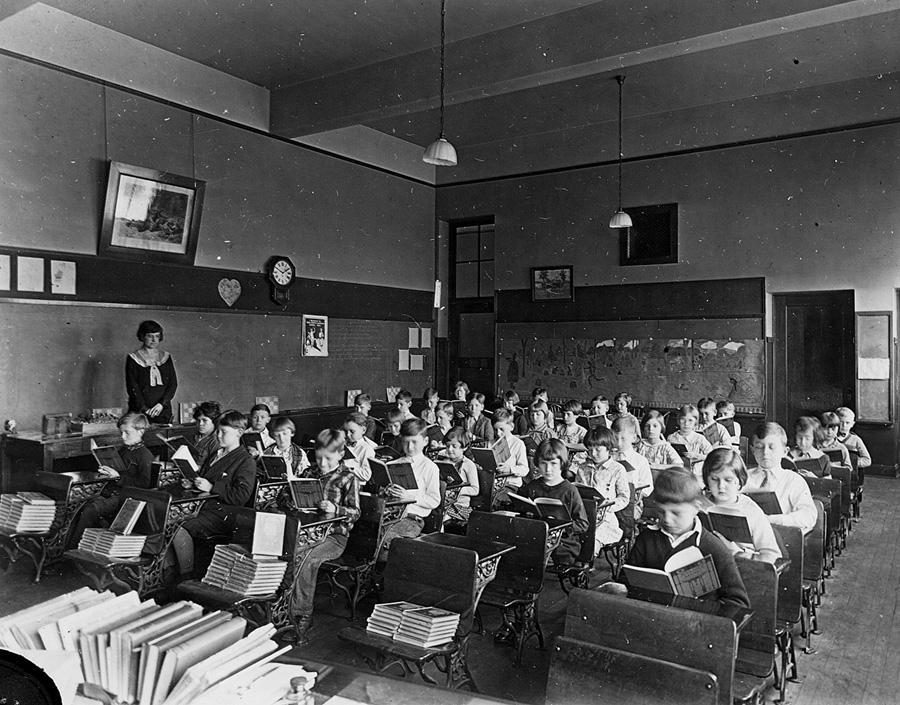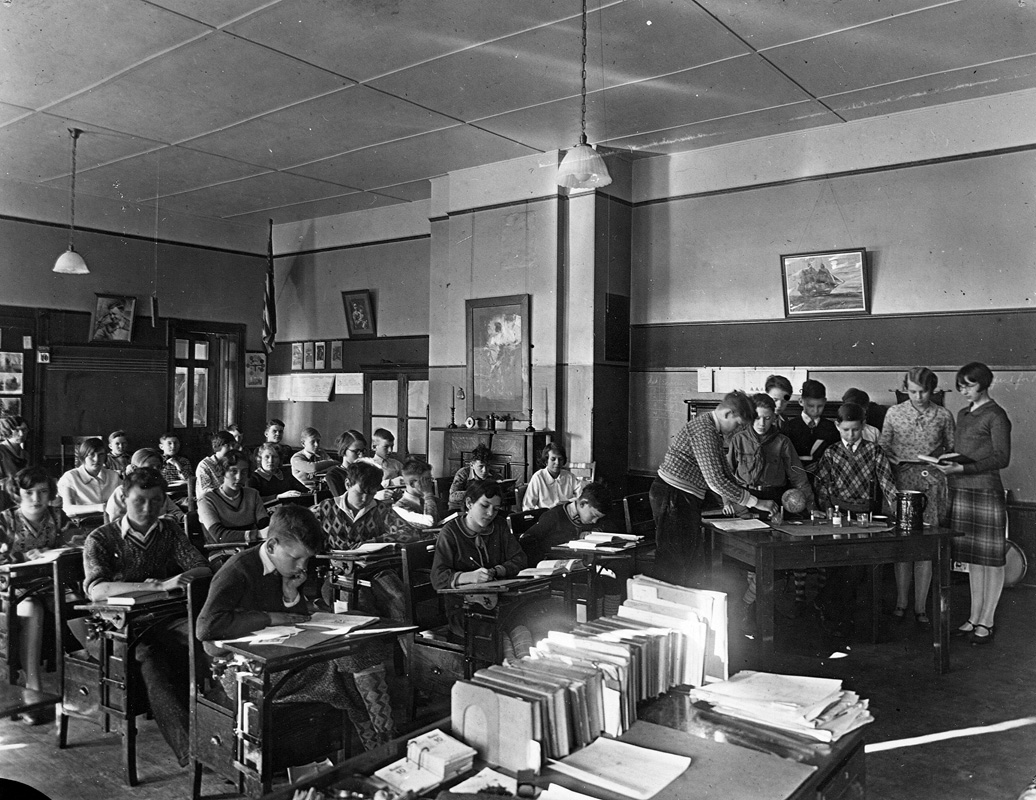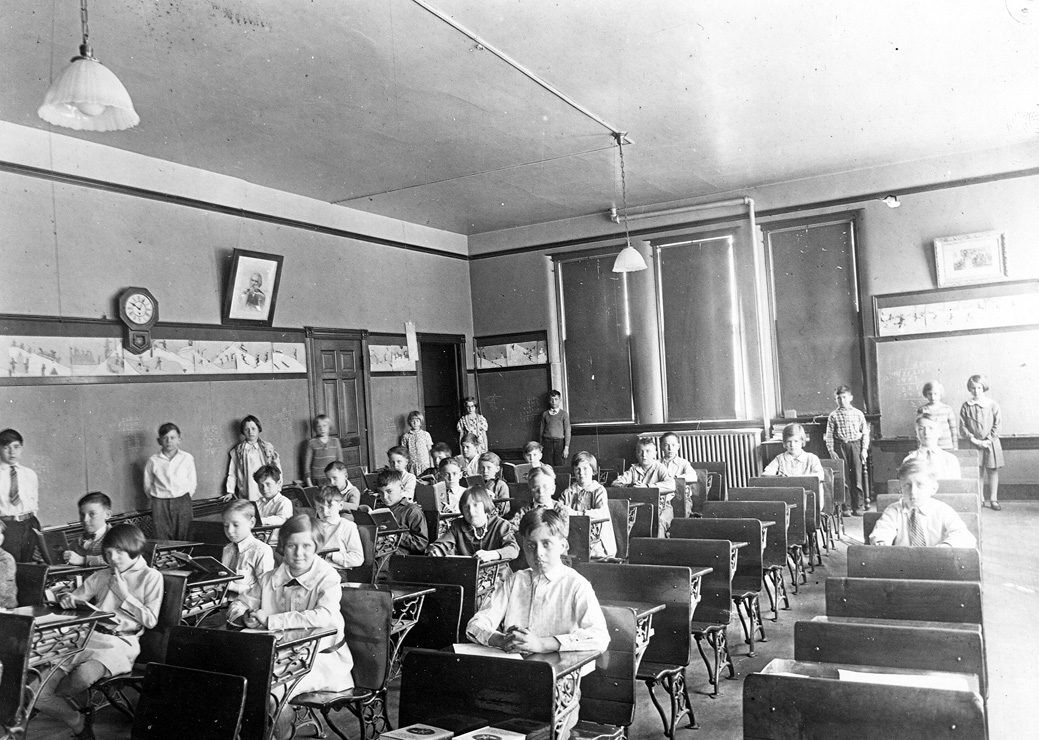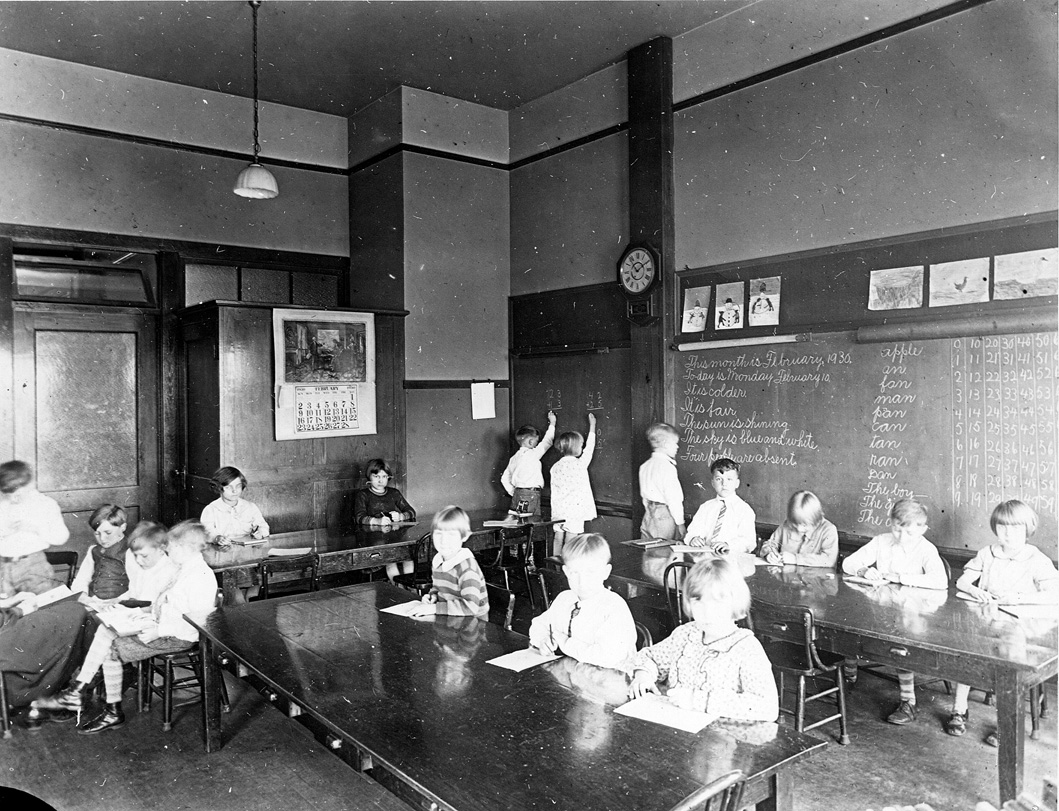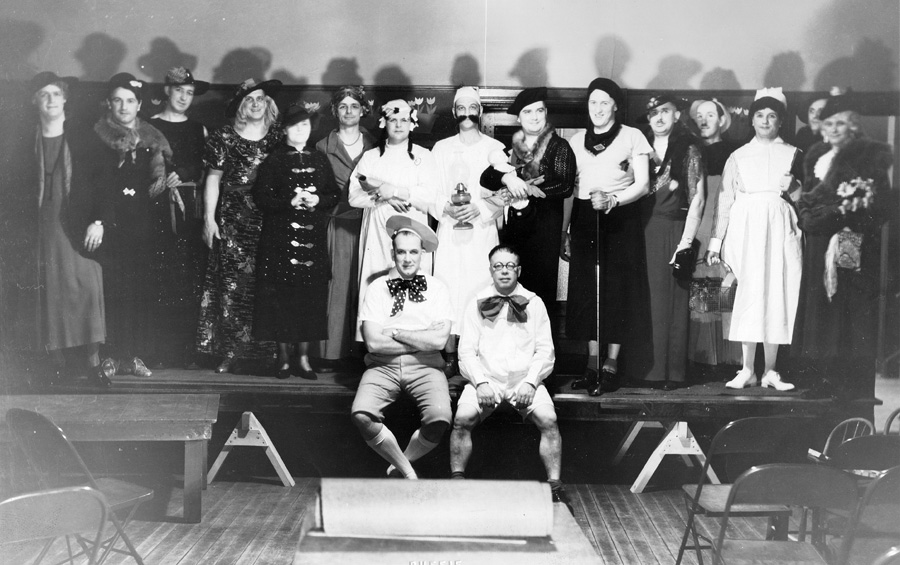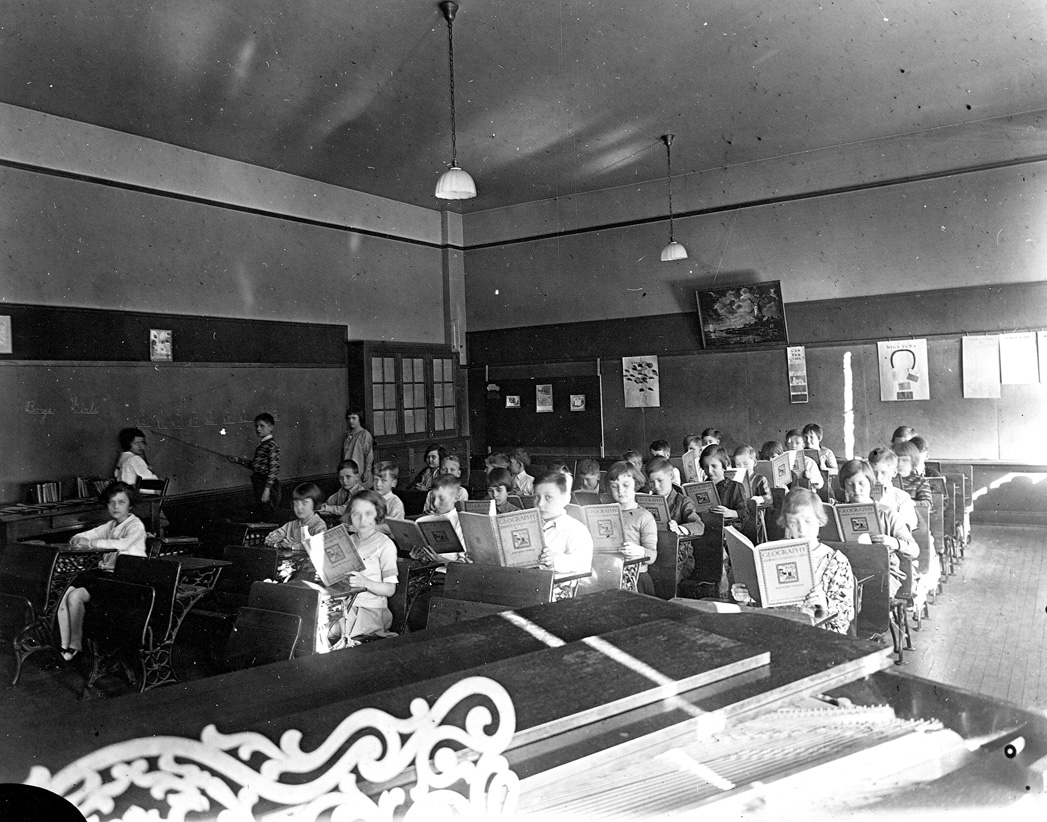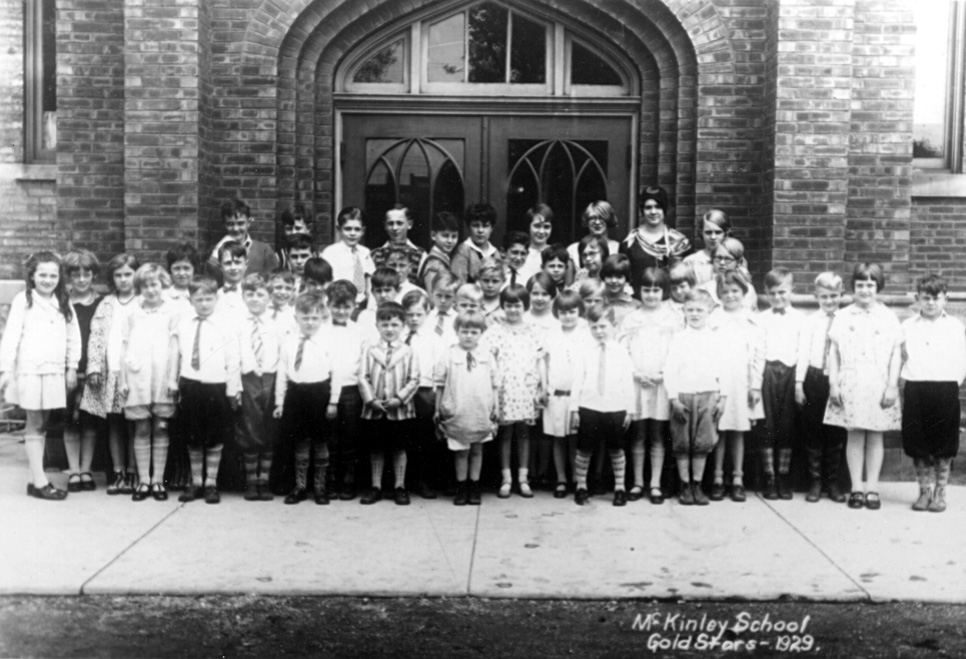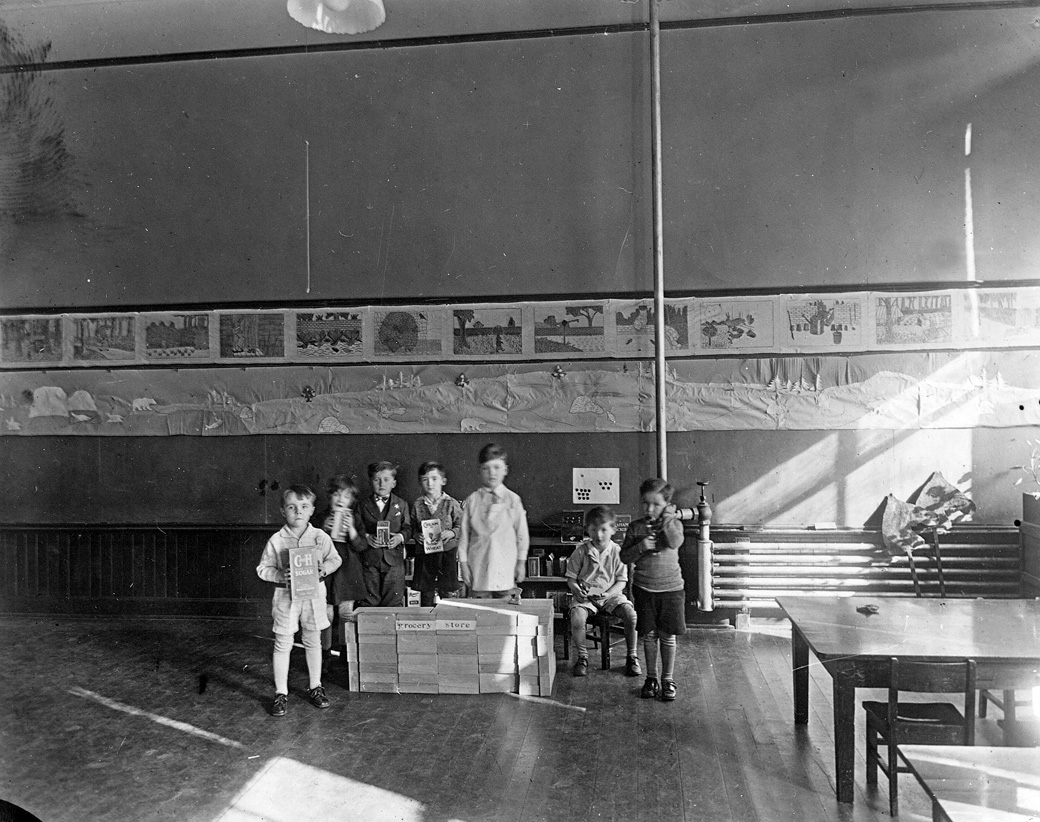258 LOVELL STREET
HISTORIC SIGNIFICANCE
In 1851 legislation was passed to use local taxes to fund schools that were free to the public. Elgin, at the time, was one of the first cities in the state to take advantage of this as the city began to see an increase in its population. By 1887, there were six additional schools including Prospect Street (McKinley) School, Mill Street (Grant) School, Oak Street (Lowrie) School, May Street (Garfield) School, Lincoln School and Hill Street (Sheridan) School.
The Prospect Street School was the third elementary school built in Elgin opening in 1887 in cream colored brick, buff Bedford limestone accents and a slate roof. The original building contained four rooms, each with a fireplace. The building had central heating, but there was no indoor plumbing or electricity. As Elgin grew, so did the Prospect Street School with a three room addition at the west end of the building in 1891.
By 1901, the school was renamed, "McKinley School," to commemorate the 25th President of the United States, William McKinley, who was assassinated in September 1901. The school did not have electricity until 1906 nor indoor plumbing until 1914. At that same time, the bell tower and the porches were removed and the roof was modified to give the school a "modern look." In 1918, the final addition of four more classrooms were added to the east end of the building, which was designed by Elgin architect, George F. Morris.
For more information regarding the history of U-46 check out the following link here.
ARCHITECTURAL SIGNIFICANCE
McKinley School has had two major additions in its history, more than tripling the size of the original building. There has also been periodic remodeling and "updating." Even with these changes, there are some features which still exist including its pointed arched entry, the molded stone and string-course, two projecting entry bays, and a stone plaque with the inscription, "McKinley School 1918." The building, as a whole, was designed in what is considered the Collegiate Gothic style, which is derived from the popular Gothic Revival style that was apparent in the late 19th - early 20th century.
Sources: 1987 Heritage Plaque Application; Audio: TextAloud

